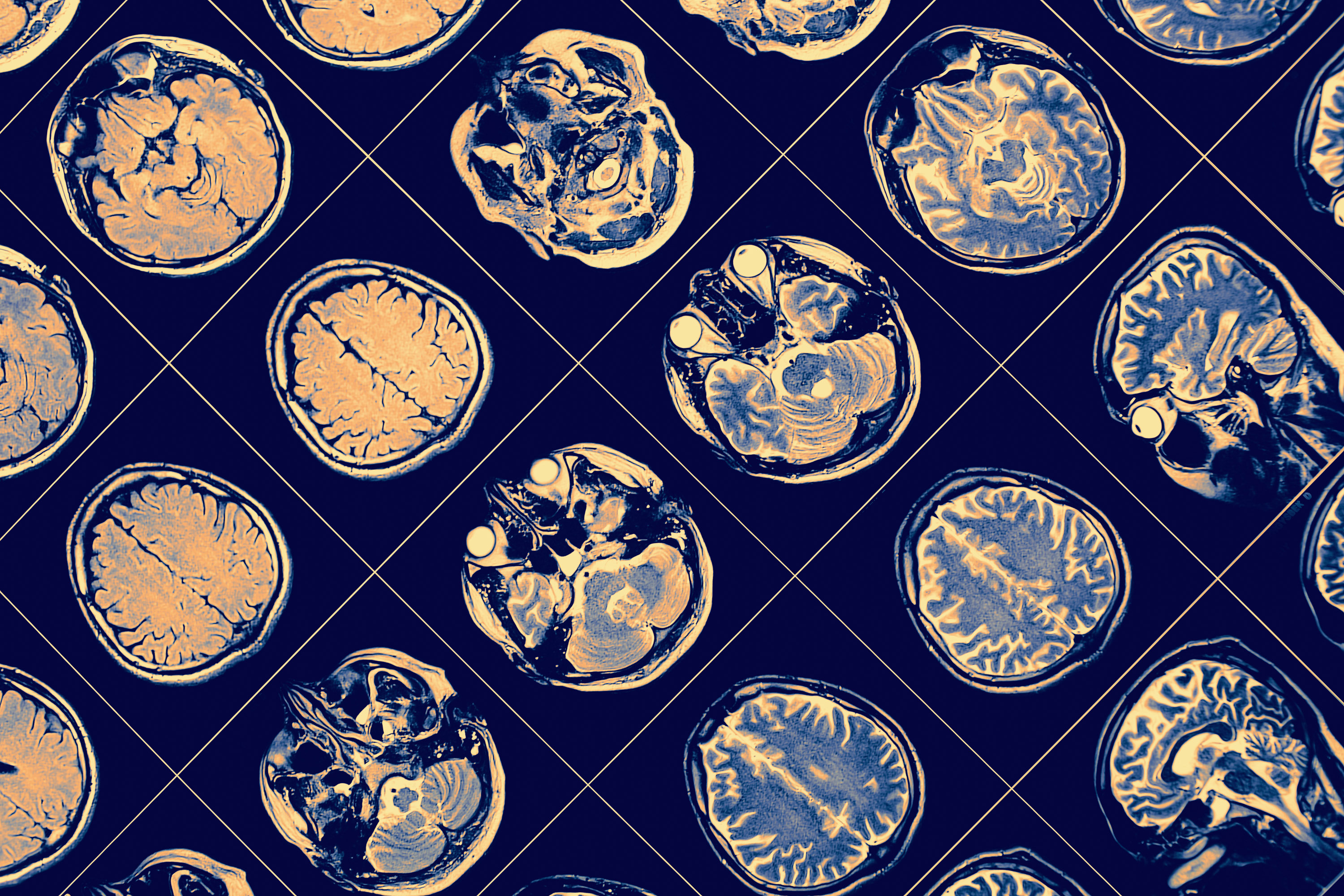Race-detecting AI
Researchers trained an algorithm to identify people’s self-reported race from medical images, but they are mystified as to how it works.

Doctors can’t tell a person’s race from medical images such as x-rays and CT scans. But a team including MIT researchers was able to train a deep-learning model to identify patients as white, Black, or Asian (according to their own description) just by analyzing such images—and they still can’t figure out how the computer does it.
After looking at variables including differences in anatomy, bone density, and image resolution, the research team “could not come anywhere close to identifying a good proxy for this task,” says paper coauthor Marzyeh Ghassemi, PhD ’17, an assistant professor in EECS and the Institute for Medical Engineering and Science (IMES).
That is concerning, the researchers say, because doctors use algorithms for help with decisions such as whether patients are candidates for chemotherapy or an intensive care unit. Now these findings raise the possibility that the algorithms are “looking at your race, ethnicity, sex, whether you’re incarcerated or not—even if all of that information is hidden,” says coauthor Leo Anthony Celi, SM ’09, a principal research scientist at IMES and an associate professor at Harvard Medical School.
Celi thinks clinicians and computer scientists should turn to social scientists for insight. “We need another group of experts to weigh in and to provide input and feedback on how we design, develop, deploy, and evaluate these algorithms,” he says. “We need to also ask the data scientists, before any exploration of the data: Are there disparities? Which patient groups are marginalized? What are the drivers of those disparities?”
Algorithms often have access to information that humans do not, and this means experts must work to understand the unintended consequences. Otherwise there is no way to prevent the algorithms from perpetuating the existing biases in medical care.
Keep Reading
Most Popular
Large language models can do jaw-dropping things. But nobody knows exactly why.
And that's a problem. Figuring it out is one of the biggest scientific puzzles of our time and a crucial step towards controlling more powerful future models.
How scientists traced a mysterious covid case back to six toilets
When wastewater surveillance turns into a hunt for a single infected individual, the ethics get tricky.
The problem with plug-in hybrids? Their drivers.
Plug-in hybrids are often sold as a transition to EVs, but new data from Europe shows we’re still underestimating the emissions they produce.
Stay connected
Get the latest updates from
MIT Technology Review
Discover special offers, top stories, upcoming events, and more.